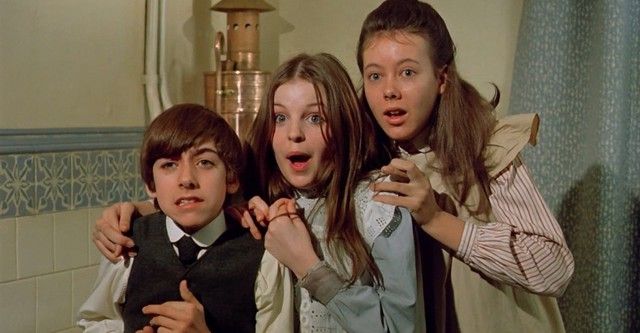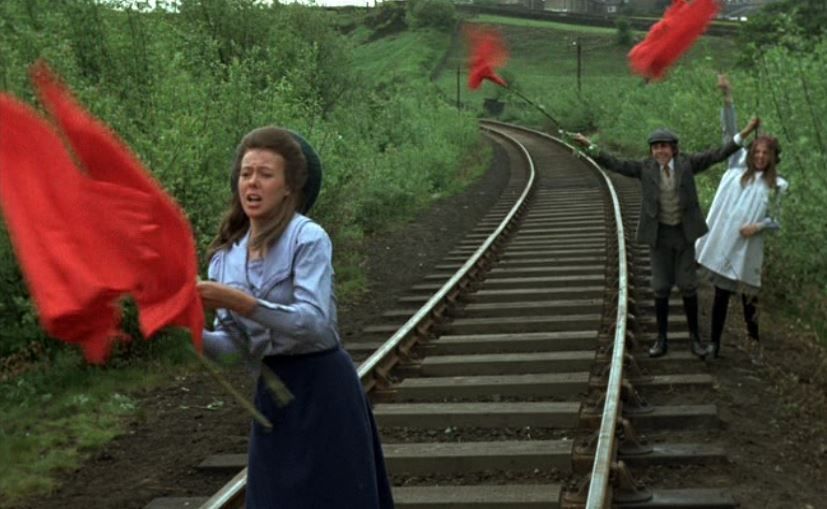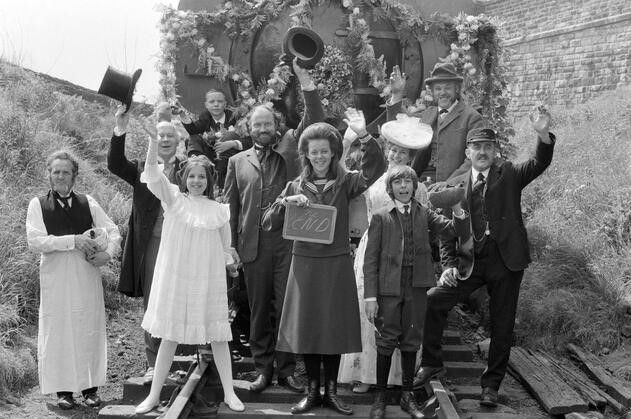Classic Children’s Literature: The Railway Children
I was shocked and saddened by the recent moves to censor several well-known and classic children’s’ books in this country. Not being one to follow the latest thing, I have decided to do the opposite and encourage my students to read more of the classics and enjoy the range of a skilled author’s use of storytelling. A quick browse of current children’s books in the supermarkets and, what is left of, high street bookshops leaves one thoroughly disappointed. Books by celebrities and footballers fill the shelves and a brief glance through any of these books reveals an overpriced and underwhelming literary experience.
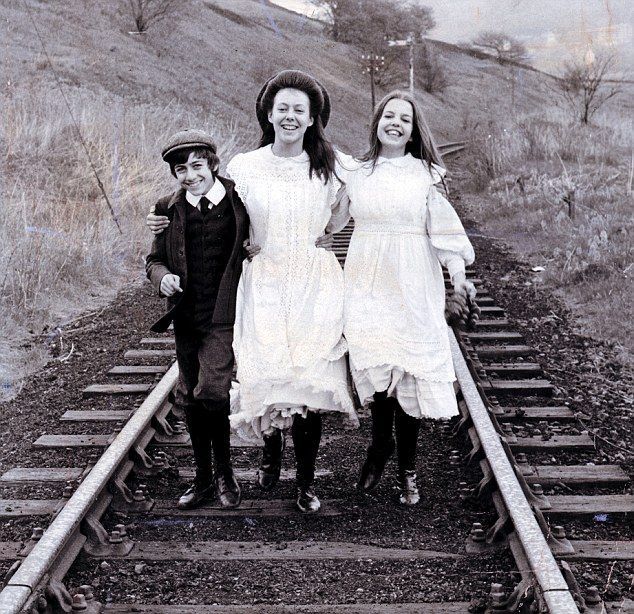
As a child at primary school, I had a wide selection of books by authors who wrote FOR children and not for themselves. As a child I cared not a jot what Enid Blyton might have thought, how she dressed or what she believed in, she just wrote excellent books which allowed me to escape into and enjoy. I still vividly recall my own childhood education; the end of the school day story was precious. Sitting with my peers as the teacher read from “The Silver Sword” by Ian Serraillier. Each chapter was timed by the teacher, so that just after she had read the last sentence, the home time bell would ring. We didn’t want to go home; we wanted more of the book!
Perhaps it is my age? Perhaps I’m missing the point of modern books? However, when older books become victims of censorship and modern books can contain references to sleaze then maybe the point is leaping from the page! I urge parents to closely examine the content of their child’s reading books to ensure they are appropriate. The vast majority of modern children’s literature is sadly ‘tabloid’ in nature. I am seeking out and buying older books so I can encourage youngsters with wholesome literature.
So this term, for some of my English lessons, I aim to use “The Railway Children” by E. Nesbit. It is a beautifully written book that is enjoyable for children aged 8-12. You can be assured of child friendly writing, nothing inappropriate and of course, the film version (1970 film) is also a family friendly film.
Plot Summary:
Roberta (also known as Bobbie), Peter, and Phyllis live comfortable, privileged lives with their loving mother and father in London. One day, everything changes. Father suddenly leaves the family home under mysterious circumstances and the children move to a modest house in the countryside to live a far more isolated and impoverished existence. The children do not understand why their father is absent, and their mother is reluctant to give them any details about his exact whereabouts.
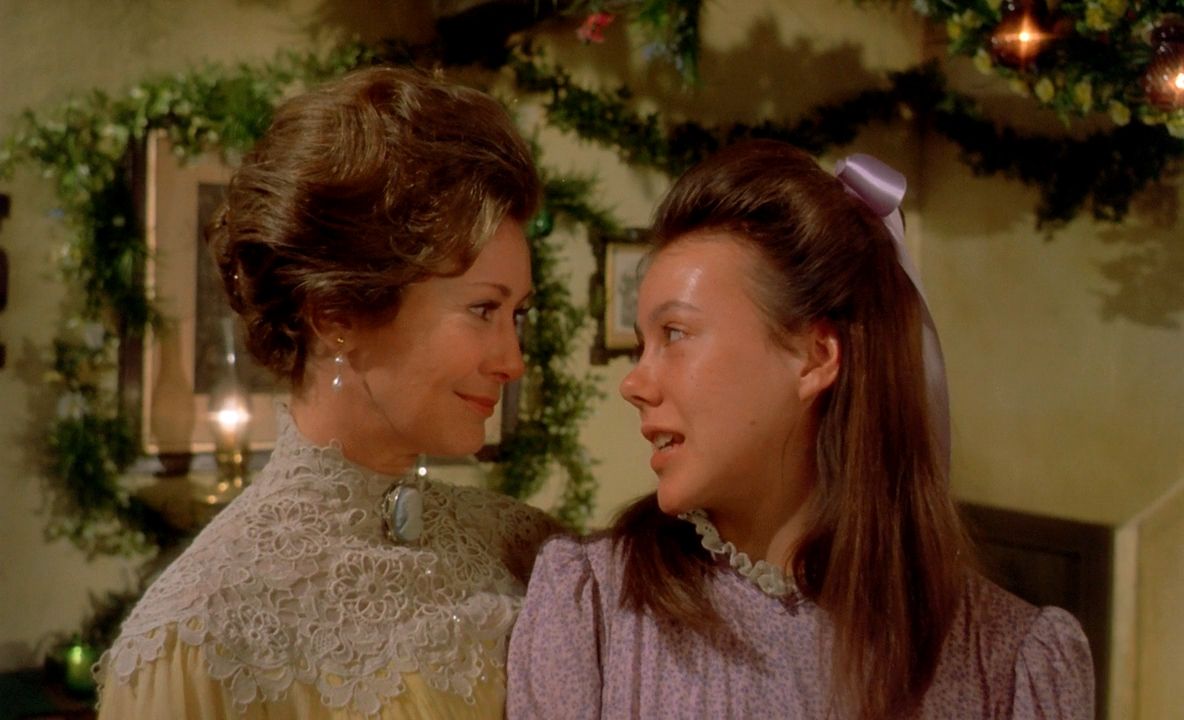
The children cope with their adverse circumstances by forming a bond with their new home and community. They develop a deep love for the nearby railway, especially the train they nickname the Green Dragon. Each day, they appear on the platform to wave at this train as it passes, and a passenger they nickname the old gentleman waves back to them. The children forge friendships with the railway employees, including the Station Master and the Porter, Mr. Perks. During their time in the countryside, they have several adventures, including preventing a train accident.
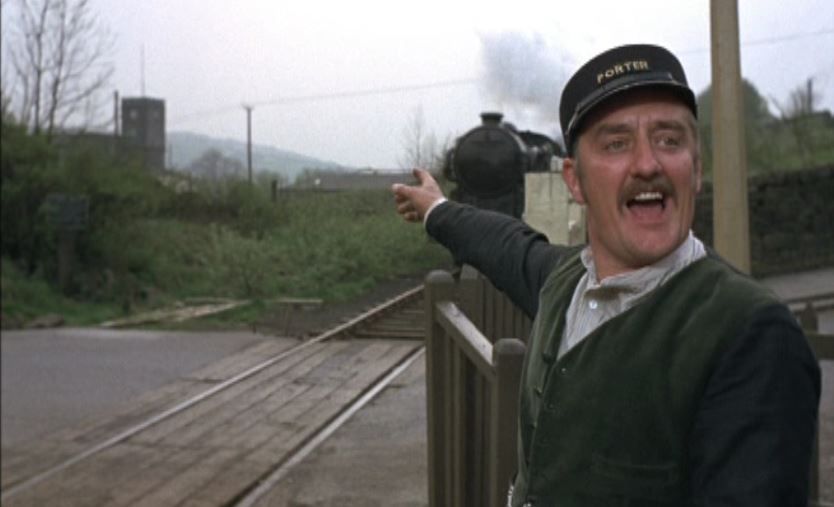
The appearance of a Russian exile at the station midway through the novel foreshadows Father’s whereabouts. The Russian exile has suffered arbitrary imprisonment—and so, too, has Father, who is serving a five-year sentence for supposed treason. Although all three of the children gradually become aware that there is something strangely amiss in their father’s absence, it is only Roberta, the eldest and most sensitive of the children, who finally discovers the truth in an old newspaper article.
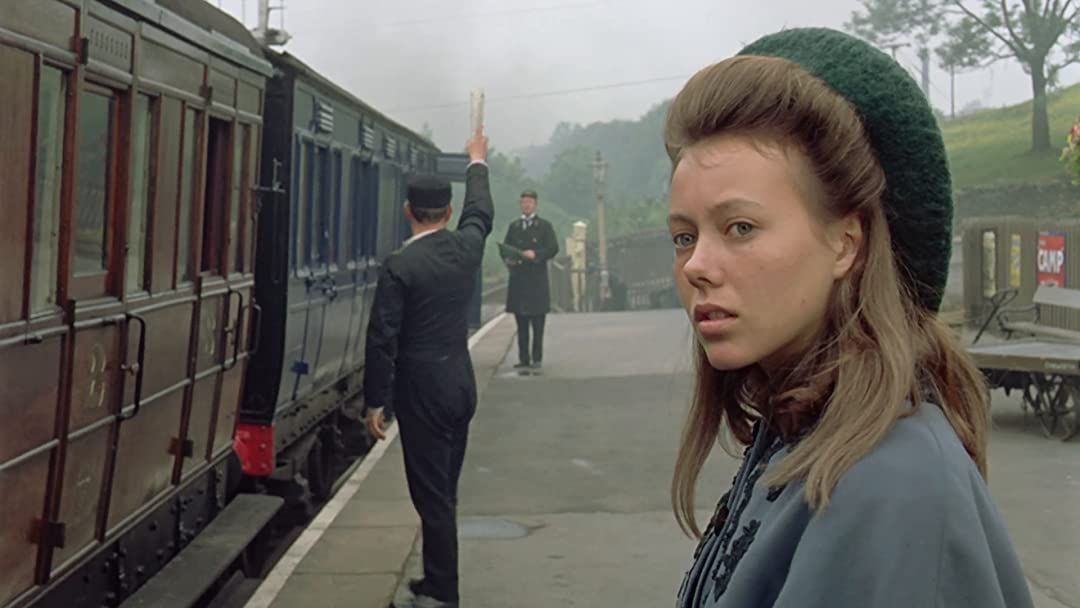
She responds to this discovery by writing a letter to the old gentleman asking for his assistance, as the well-connected and kind man is often a benefactor to the family in times of need. The old gentleman’s intervention secures Father’s release and leads to the eventual reunion of the family at the end of the novel.


Edith Nesbit’s story (written in 1906) covers the pain a family feels with a father's absence. This reflects Nesbit's own experience: Her father died when she was four. But it offers much more, not least the strength of the family unit but a sense of confidence and warmth within a small community. As books go this has everything…..I actually shed a tear on the last page!
Cristóir Csorba.

